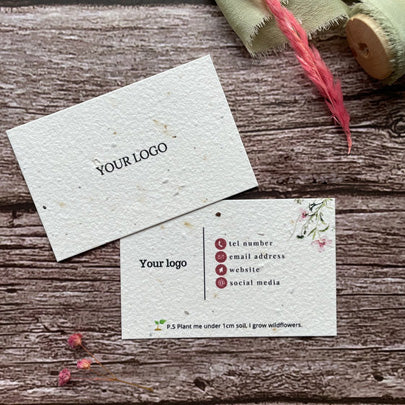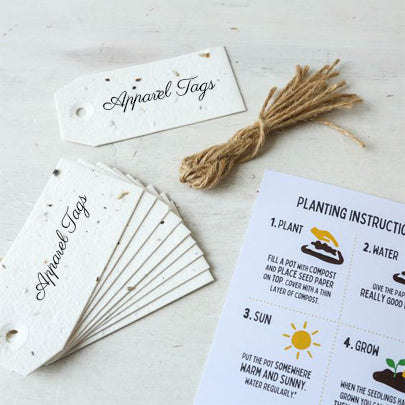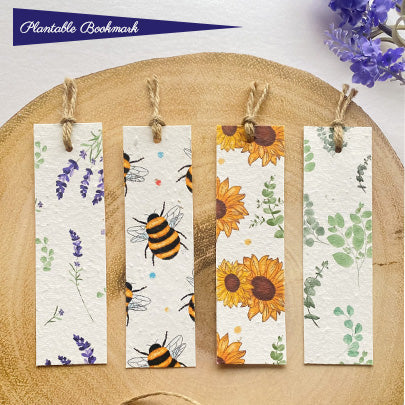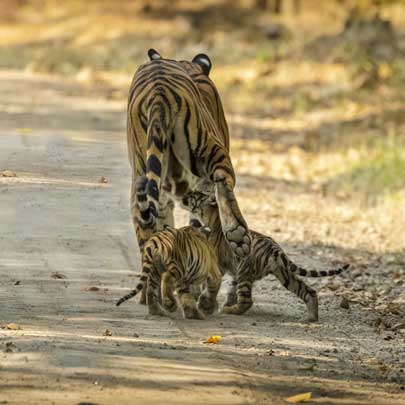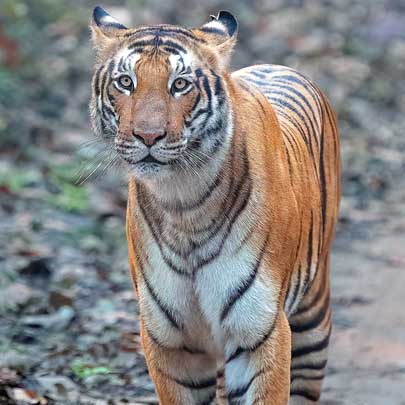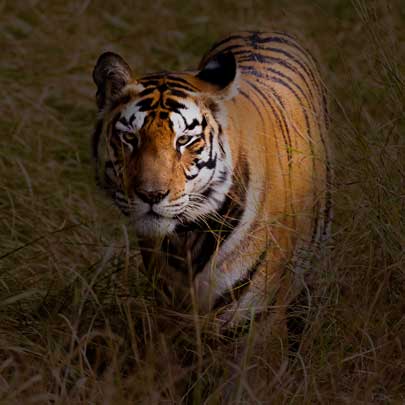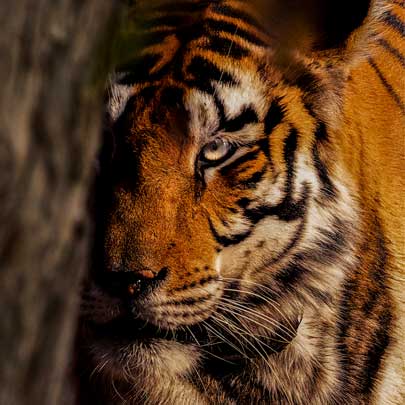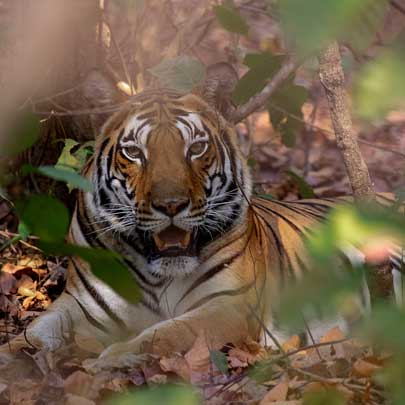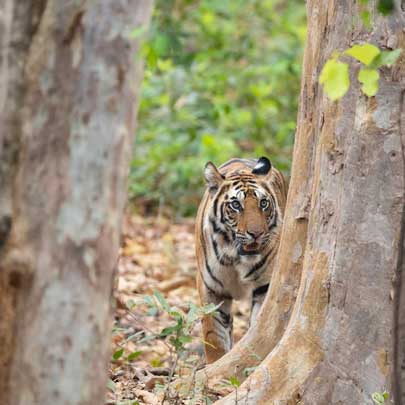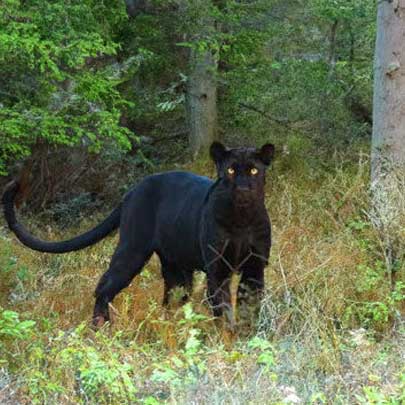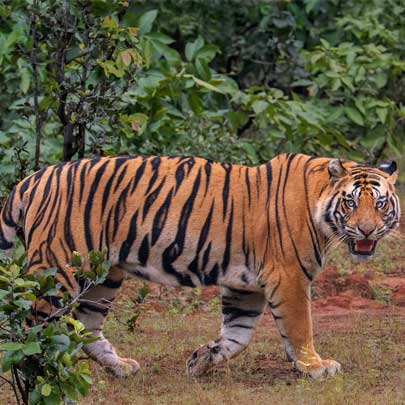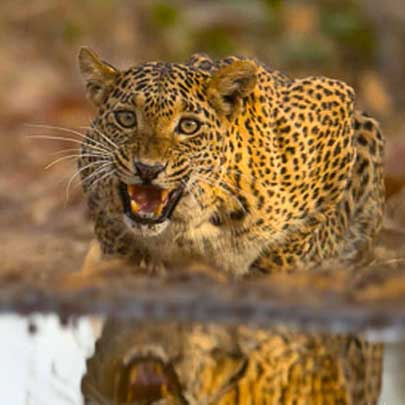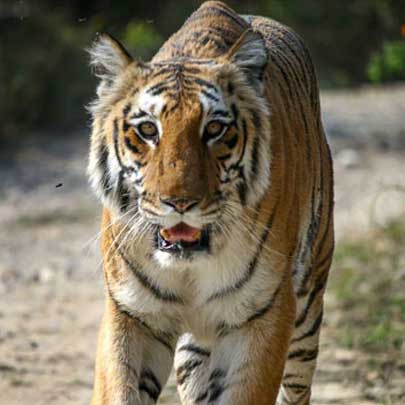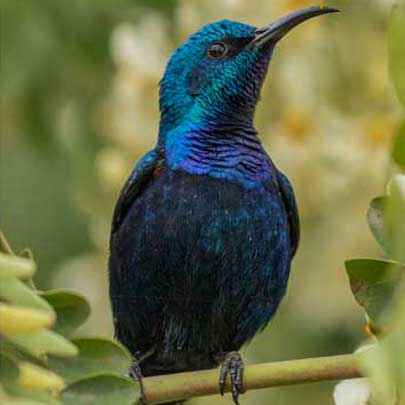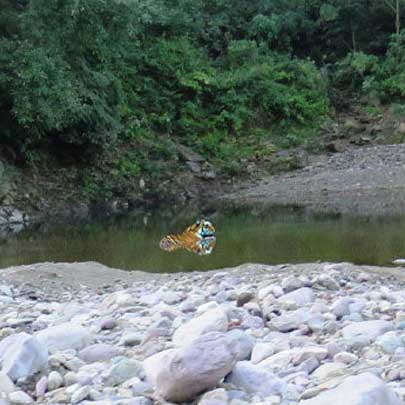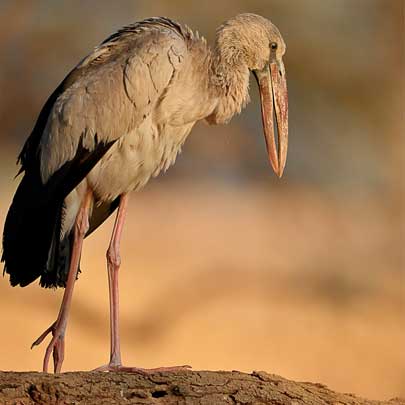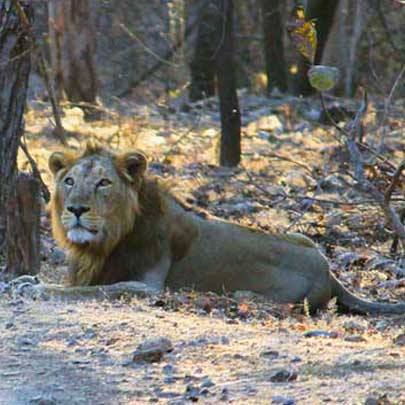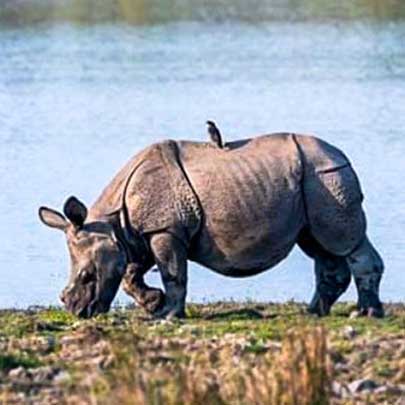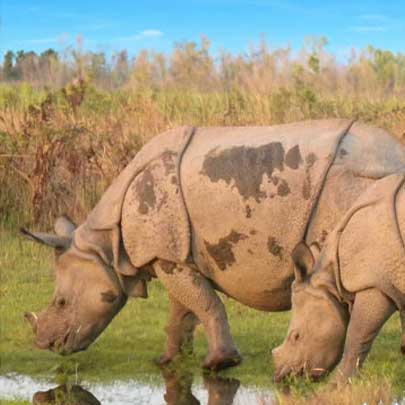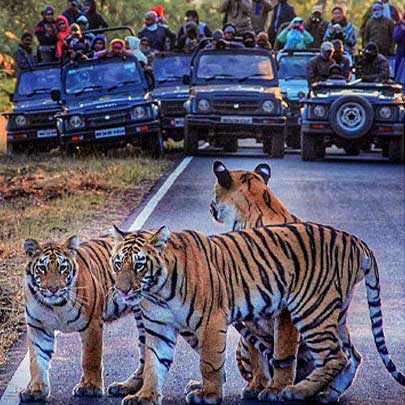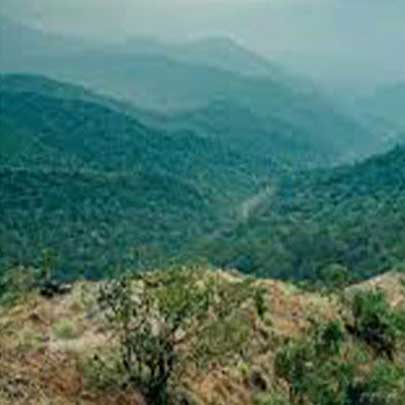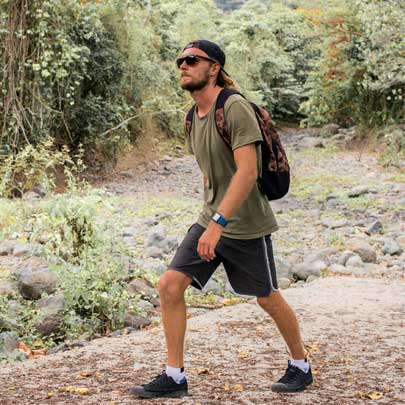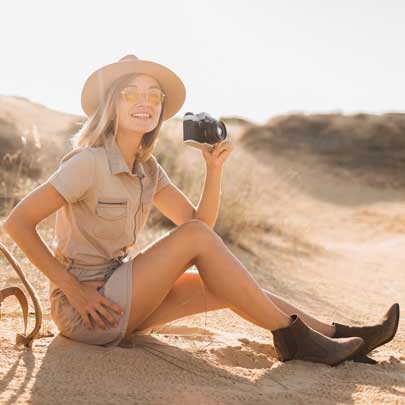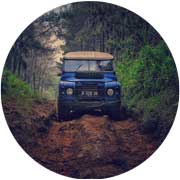How to Reach Jim Corbett National Park – Complete Travel Guide with Zone Details
Jim Corbett National Park is one of India’s oldest and most iconic wildlife sanctuaries, located in the Nainital district of Uttarakhand. Spanning over 500 square kilometers, it is a heaven for nature lovers, adventure seekers, and wildlife photographers. Whether you're hoping to catch a glimpse of the majestic Bengal tiger or enjoy a peaceful retreat amidst nature, Jim Corbett offers a perfect escape.
In this comprehensive travel guide, we’ll explore how to reach Jim Corbett National Park by air, rail, and road, along with detailed insights into its various zones, ideal visiting seasons, and travel tips to make your trip unforgettable.
📍 Where is Jim Corbett National Park Located?
Jim Corbett National Park lies near the town of Ramnagar in the Nainital district of Uttarakhand. The park is well-connected by road and rail and is accessible from major cities like Delhi, Dehradun, and Nainital.
✈️ How to Reach Jim Corbett National Park
1. By Air
The nearest airport to Jim Corbett is Pantnagar Airport, located about 80 km away. It is a small domestic airport with limited flights from cities like Delhi.
- From Pantnagar to Ramnagar: You can take a taxi or bus. The drive takes approximately 2.5 hours.
- Alternative Airport: Indira Gandhi International Airport, New Delhi (about 260 km from the park) is a major hub with national and international connectivity. From here, you can hire a cab or take a train/bus to Ramnagar.
2. By Train
The nearest railway station is Ramnagar Railway Station (RMR), which is well-connected to major cities like Delhi, Moradabad, and Bareilly.
- Popular Trains to Ramnagar:
- Ranikhet Express (from Delhi)
- Corbett Link Express (from Delhi)
- Kathgodam Express (connects nearby locations)
Once you reach Ramnagar, taxis and local transport are readily available to take you to your resort or directly to one of the safari zones.
3. By Road
Jim Corbett National Park is easily accessible by road and offers a scenic drive, especially from Delhi and nearby hill stations.
- From Delhi: Approx. 260 km via NH9 (takes around 5–6 hours)
- From Nainital: Approx. 65 km (takes about 2 hours)
- From Dehradun: Approx. 240 km (about 6–7 hours)
You can travel via:
- Private car/self-drive
- Tourist buses from Delhi and other cities
- Private taxi services
🏞️ Zones of Jim Corbett National Park
Jim Corbett National Park is divided into six primary zones, each with unique landscapes, biodiversity, and safari experiences. Here’s a breakdown of each:
1. Dhikala Zone (Most Popular)
- Entry Gate: Dhangarhi Gate
- Best For: Tiger sightings, elephant herds, and grassland views
- Stay Option: Forest rest houses (permits required)
- Note: Requires overnight stay booking to enter

2. Bijrani Zone
- Entry Gate: Amdanda Gate
- Best For: Dense sal forests, birdwatching, and easy tiger tracking
- Proximity: Closest to Ramnagar (just 1 km)
- Accommodation: Available at Bijrani FRH

3. Jhirna Zone
- Entry Gate: Dhela Gate
- Best For: Year-round accessibility and good wildlife visibility
- Famous For: Sloth bears, leopards, and wild boars

4. Dhela Zone
- Entry Gate: Dhela Gate (same as Jhirna)
- Newer Zone: Opened in 2014
- Best For: Rich birdlife and less crowded safaris
5. Durga Devi Zone
- Entry Gate: Durga Devi Gate
- Best For: Hill safaris and angling in Ramganga River
- Famous For: Leopard sightings and birdwatching
6. Garjia Zone
- Entry Gate: Garjia Gate
- New Addition: Opened to reduce pressure on other zones
- Good For: Families and those staying near Garjia temples or resorts
🕐 Best Time to Visit Jim Corbett National Park
- Winter (October to February): Best season for wildlife safaris; clear skies, great for tiger sightings.
- Summer (March to June): Ideal for photography and animal visibility near waterholes.
- Monsoon (July to September): Most zones closed due to heavy rains, but Jhirna and Dhela remain open.
Pro Tip: Book safaris 45-60 days in advance, especially for Dhikala and Bijrani zones, as they fill up fast.
🛏️ Where to Stay Near Jim Corbett National Park
There are numerous accommodation options ranging from budget lodges to luxury resorts near each safari zone.
Popular areas for staying:
- Dhikuli (close to Bijrani)
- Garjia (near Garjia Temple)
- Mohaan (en route to Dhikala)
- Dhela & Jhirna buffer zones
Some recommended resorts:
- Aahana – The Corbett Wilderness
- Jim’s Jungle Retreat
- Corbett Machaan Resort
- Namah Resort
- Forest Rest Houses (inside zones – book via forest department)
🎟️ Safari Booking and Tips
- Safari Types: Jeep safari (6 persons) and Canter safari (shared, 16–18 persons)
- Booking Site: wildlense
- Documents Needed: ID proof (Aadhaar, Passport, etc.)
- Safari Timings:
- Morning: 6:30 AM – 9:30 AM
- Evening: 3:00 PM – 6:00 PM (timings may vary seasonally)
Travel Tips:
- Wear neutral colours and avoid strong scents
- Carry binoculars and a good camera
- Book safaris early — especially for Dhikala
- Always follow forest guidelines and respect wildlife
📌 Final Thoughts
Jim Corbett National Park is a must-visit destination for those seeking a raw, immersive experience in India’s wilderness. With its rich biodiversity, well-organized zones, and multiple access routes, planning your trip is easier than ever. Whether you're arriving by air, train, or road, reaching Jim Corbett is convenient — and the experience is nothing short of magical.
Ready to explore the wild heart of Uttarakhand? Pack your bags, book your safari, and let the jungle adventure begin!














